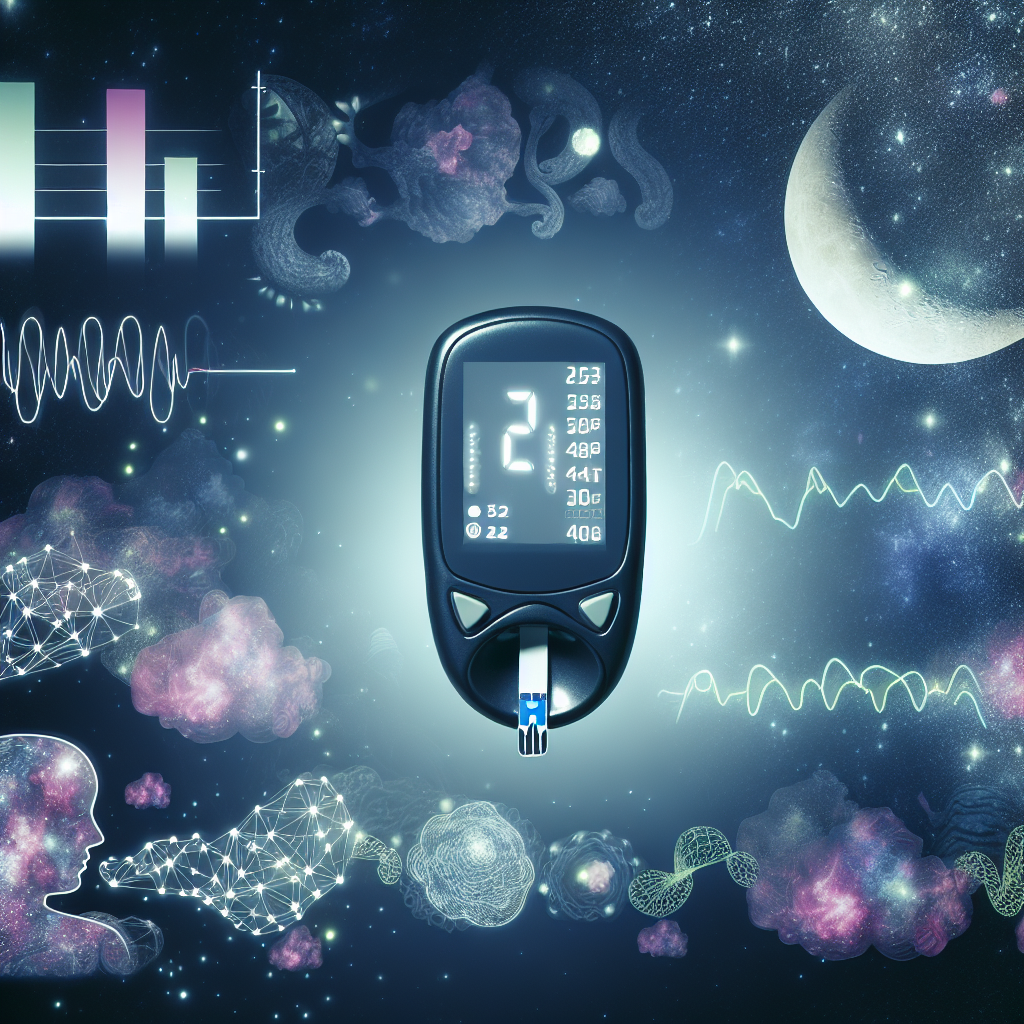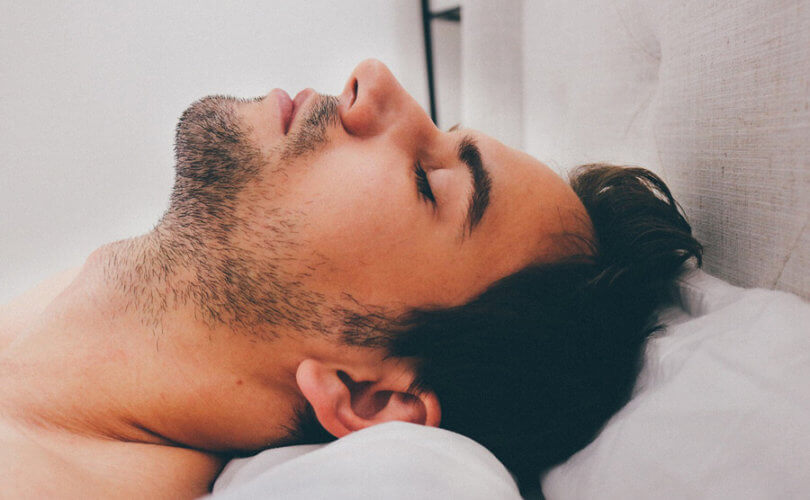Sleep Environment Audit – Sensor System Finds Hidden Disruptors
Introduction
In our fast-paced world, **restorative sleep** has never been more essential for maintaining overall health and well-being. Despite growing public awareness about the importance of sleep, millions continue to struggle with **poor sleep quality** due to hidden environmental disruptors that go unnoticed.
A comprehensive Sleep Environment Audit—especially when enhanced by cutting-edge sensor-based monitoring systems—is transforming how we understand and improve our nightly rest. While many people focus on visible elements like comfy bedding and blackout curtains, the key undermining factors are often invisible: **air quality**, **micro-vibrations**, **temperature inconsistencies**, and **subtle light fluctuations**.
Thanks to advancements in intelligent sensor technology, individuals can now audit their sleep settings with precision. These real-time systems collect multi-dimensional data throughout the night, detecting everything from EMF (electromagnetic frequencies) from electronics to spikes of **carbon dioxide (CO₂)** in poorly ventilated bedrooms. This empowers users with actionable insights for creating environments aligned with optimal circadian rhythms and **sleep architecture**.
Previously limited to elite clinics, these audit tools are now accessible to everyday users thanks to **smart home sleep technology** and portable sensors. Whether you’re managing **chronic insomnia**, optimizing a nursery environment, or improving a teen’s bedroom for academic performance, this technology is a revolutionary step toward better sleep hygiene.
It’s vital to understand that not all disturbances result in full awakenings. Frequently, brief disruptions—termed **micro-arousals**—interrupt the brain’s activity subtly but significantly, fracturing the **restorative phases** of sleep. This may leave you waking up groggy or fatigued, attributing it to stress or daily habits when the real culprit is environmental—and often correctable.
Embracing this innovation not only highlights these otherwise hidden disruptors but empowers individuals to foster **heal-quality sleep environments**, leading to better focus, emotional regulation, and physical health outcomes.
Features: Professional and Medical Studies Supporting Sensor-Based Sleep Audits
Increasing scientific evidence backs the use of **multisensor sleep audit systems** for improving overall sleep quality.
One pivotal study published in the Journal of Clinical Sleep Medicine linked variables like temperature, ambient light, sound levels, and air quality to sleep continuity and duration. Researchers found that evaluating these factors via **multi-night sensor arrays** provided breakthrough data in understanding insomnia, sleep apnea, and other disorders. Real-time monitoring significantly enhanced clinical diagnosis and treatment insight.
A 2020 observational study from the journal Nature and Science of Sleep examined 587 participants using **non-invasive home-based sensors**. Surprisingly, the study found factors like elevated **indoor carbon dioxide (CO₂) levels** and **relative humidity** were key contributors to **sleep fragmentation**—challenging assumptions that noise and light were the primary disruptors.
Additional validation comes from Harvard Medical School’s Division of Sleep Medicine. Their studies showed improvements in **REM duration** and faster **sleep onset** when environments were modified by reducing noise by as little as 10 decibels and maintaining consistent bedroom temperatures.
These findings support the practical effectiveness of popular consumer devices like the Withings Sleep Analyzer and Google Nest Hub with Soli Technology. These platforms not only enable passive sleep tracking but also include sensors for **air quality**, **snoring**, **heart rate variance**, and **bedroom motion** patterns. For example, subtle temperature dips at 3 a.m. or rising CO₂ levels throughout the night can be identified only through these smart monitors—giving users the data needed to make real changes to their surroundings.
Moreover, emerging technologies like **EEG-integrated smart pillows** and **under-mattress sensors** create insights linking **environmental factors** with changes in the brain’s activity during distinct **sleep stages**. These kinds of insights are invaluable for not just those experiencing insomnia or **obstructive sleep apnea**, but also for high-performing individuals seeking cognitive and physical recovery during sleep.
In clinical sleep medicine, these comprehensive audits are increasingly incorporated into **Cognitive Behavioral Therapy for Insomnia (CBT-I)** protocols. Environmental improvements are now seen as viable, **non-pharmacological treatments**, offering patients lasting change through better sleep practice.
Altogether, the fusion of **sensor innovation** with **clinical research** underscores a new standard in sleep care. Through precise, real-time monitoring, individuals receive tailored, scientifically validated guidance—ushering in a new era of **precision sleep hygiene**.
Conclusion
Today, **quality sleep** is not just a lifestyle enhancement—it’s a biological necessity. As our understanding of what sabotages sleep deepens, sensor-based environment audits emerge as vital tools in uncovering **hidden disruptors** that traditional methods overlook.
These **advanced monitoring systems** give individuals the ability to develop **data-informed sleep environments**. Instead of guessing whether your room is sleep-conducive, these audits offer empirical feedback to eliminate inefficiencies—whether it’s reducing **EMF exposure**, optimizing **ambient temperature**, or dampening **noise pollution**.
By aligning foundational sleep hygiene practices with next-gen technologies, we open new possibilities for genuine recovery and vitality. This approach empowers individuals and families to take control of their health through better sleep, while healthcare providers can now offer more comprehensive, environmentally integrated sleep recommendations.
Concise Summary
Sensor-based sleep environment audits offer a breakthrough in identifying hidden disruptors such as CO₂ buildup, micro-vibrations, and temperature fluctuations that impact rest. Using non-invasive, intelligent sensors, individuals can monitor and optimize bedroom conditions with science-backed accuracy. Supported by research from Harvard Medical School and clinical journals, these systems are now accessible via smart home devices. The result: personalized recommendations that improve sleep duration, quality, and overall health. From combating insomnia to enhancing cognitive performance, environmental audits adopt a precision-sleep hygiene model for long-term wellness and resilience.
References
1. Journal of Clinical Sleep Medicine
2. Nature and Science of Sleep (Dove Press)
3. Harvard Medical School – Healthy Sleep
4. Withings Sleep Analyzer
5. Google Nest Hub (Soli Technology)

Dominic E. is a passionate filmmaker navigating the exciting intersection of art and science. By day, he delves into the complexities of the human body as a full-time medical writer, meticulously translating intricate medical concepts into accessible and engaging narratives. By night, he explores the boundless realm of cinematic storytelling, crafting narratives that evoke emotion and challenge perspectives.
Film Student and Full-time Medical Writer for ContentVendor.com



